These soils are most suitable for growing flowers at home, and the flowers grown have thick roots and large leaves.
What kind of soil is best for growing flowers? Most of my friends grow flowers from the roadside, parks and wild fields, and then use the nutrient solution they bought to grow flowers. To grow flowers well, soil plays a vital role, especially for potted flowers. Today, I will introduce you to several kinds of soil that are very suitable for growing flowers at home~

humus
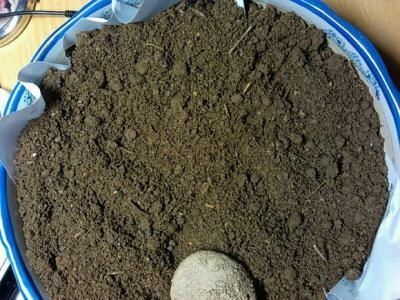
Made from a mixture of livestock manure, bedding and feed residues, it is also called manure soil. Leaf humus is loose, porous, acidic or slightly acidic, suitable for growing various flowers that prefer acidic soil, and is also one of the main materials for preparing potted flower culture soil.
Leaf mold
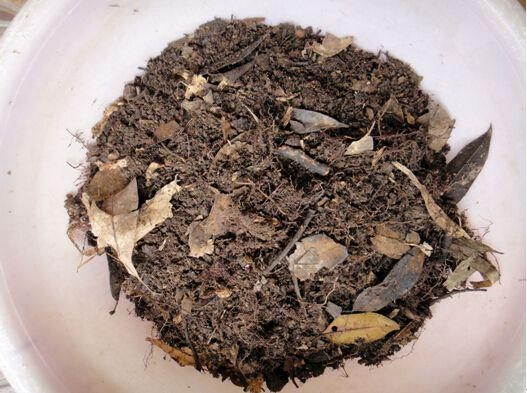
Leaf humus is the topsoil of forests in nature, formed by fallen leaves that have accumulated and decayed over many years. Most of them are taken from woods, bamboo forests, etc. Leaf humus is loose, acidic, rich in nutrients, and has good water and fertilizer retention properties, making it suitable for planting various green plants and flowering plants.
Garden Soil
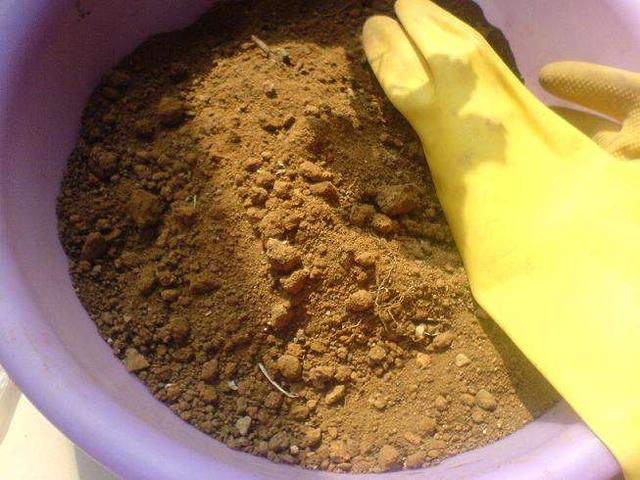
It is mainly taken from the surface soil of vegetable gardens, fields, orchards, etc. This is ordinary cultivation soil. Due to frequent fertilization and cultivation, it contains a certain amount of humus, has high fertility, and has a good granular structure. It is one of the main raw materials for preparing cultivation soil.
Plain sand
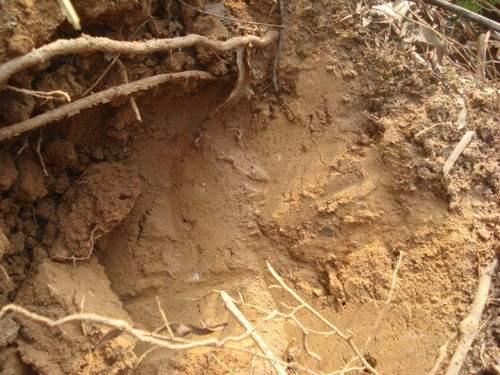
It is mostly taken from river beaches, sandy beaches, construction sites, etc. It is a fine sandy soil with a pure texture, good ventilation and water permeability, but no fertility, no granular structure, and poor water retention. It is often used as soil for sowing or cutting of general flowers, and is also one of the raw materials for preparing culture soil.
Organic matter
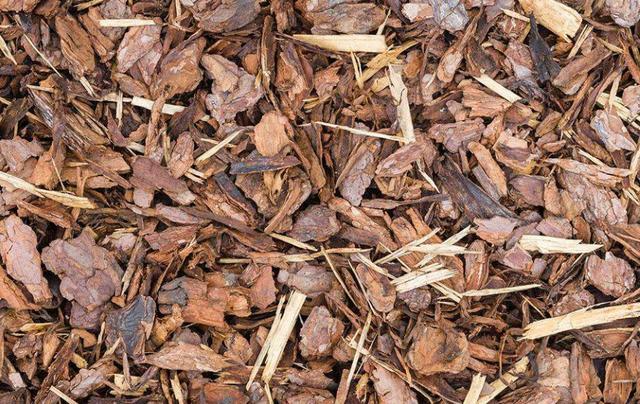
Bark, wood chips, rice bran, sawdust. These organic materials can also be used as potting substrates, but they must be piled up for a period of time to decompose and ferment before they can be used, otherwise the heat and harmful gases generated during the decomposition process will have an adverse effect on plant growth.
Coniferous soil
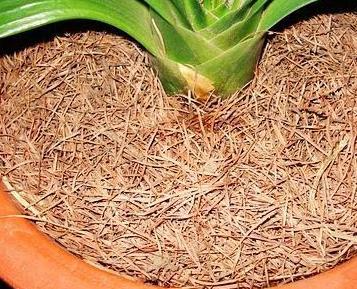
Commonly known as orchid soil, it is natural humus soil produced in the mountainous areas of Jiangsu and Zhejiang, which is made of fallen leaves accumulated for many years. Most of them are taken from the topsoil at the bottom of pine and cypress trees. Coniferous soil is acidic and rich in nutrients, which is very suitable for flowers that like acid. You can collect some pine needles and put them at the bottom to make it water-permeable and breathable.
Peat soil
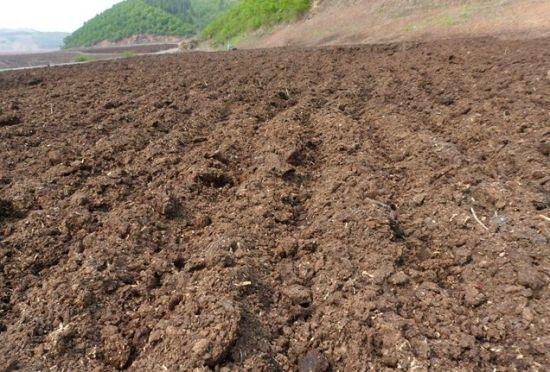
It is collected from peat bogs. It is rich in organic matter, nitrogen, phosphorus, potassium, etc., and has sufficient nutrients. However, it is very sticky and has a hard texture after drying. It is usually mixed with loose soil for use.
Common culture soil formula
herb :
4 parts garden soil, 3 parts leaf mold, 2 parts river sand;
Woody plants :
5 parts garden soil, 4 parts leaf mold, 1 part river sand;
Acid-loving plants :
4 parts coniferous soil, 4 parts sandy soil, 1 part garden soil, 1 part organic fertilizer;
Soil for orchid cultivation :
4 parts of leaf mold, 1 part of sandy soil, and 1 part of organic fertilizer.
The above soils are very suitable for home flower cultivation, and the method of ** is also very simple. Those who grow flowers for the first time can try it~
